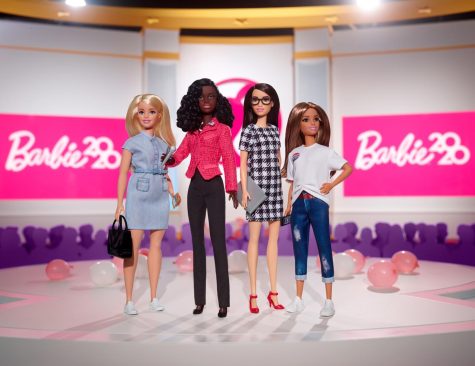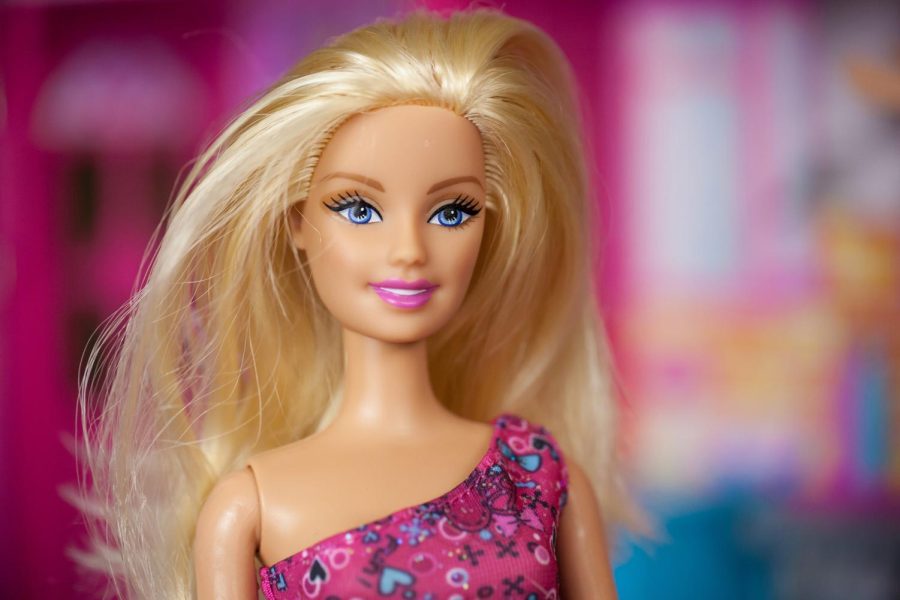Women have it rough, even the ones made with plastic and synthetic hair. Always made to follow a higher standard because of what is expected from us after centuries of inequality, oppression, and unfair treatment.
The right clothes, the right makeup, the right posture, the right face, the right body.
There has always been a wrong and a right for women.
Barbara Millicent Roberts, or Barbie, was first introduced in 1959, with baby-blue eyeshadow, blond locks and a black and white striped swimsuit. Taking the toy market by storm and changing the toy industry forever. According to Ruth Handler, known as “Barbie’s mom,” AKA creator, the purpose of this doll was for young girls to become anything and everything they wanted to be.
Why is this relevant? Well, the 1950’s featured a time in which women’s rights were minimal, having hardly any rights over property and no political power aside from voting. At this time, women’s roles were primarily that of the ideal housewife. Nonetheless, during and after World War II women joined the workforces and wore pants for the first time, their pay was still significantly minimal in comparison to men’s.
In the 1960’s women were still primarily thought of as wives and mothers, though at this time they were able to follow “feminine” professions such as nursing and teaching. Throughout this time and through the 70’s women joined the civil rights movement for liberation and equal rights to men.
And where was Barbie in all of this? Evolving.
Of course, Talking Barbie spoke like the stereotypical teenager that companies assumed young girls would aspire to be, but Barbie also began to evolve and expand into other fields. Barbie became not a nurse, but a doctor in 1973 along with her long-time boyfriend Ken. This is just one of the many careers she followed; she’s been an astronaut, a popstar, and even a president.

Just like everything else, the mere existence of this toy led to severe backlash from worried parents and conservative people throughout the years. The doll has been accused of leading young girls to develop unrealistic expectations and a negative body image. Even though Barbie has now developed hundreds of dolls with different looks in all shapes, sizes and skin colors, for many this just isn’t enough.
Trends have always been key to the success of Barbie, being able to evolve and survive throughout each generation because of the vast variety of dolls put on the market consistently throughout the years.
The key to Barbie’s survival is simple; adaptation.
Can a doll be blamed for mimicking expectations that have been popularized by society? It is easy for adults to blame a toy, but the issue is much deeper than that.
What leads a teenage or and adult woman to having these issues is not a doll they long-ago left in the attic or under their beds in a dusty toy box.
No matter the age, there is social pressure and standards placed on women reflected on the doll.
When in the womb and once the gender of the fetus is revealed, it will be showered with either the color blue or pink, in some cases yellow. The choice of prints will be unicorns and flowers for girls over dinosaurs and automobiles, which are reserved for boys.
A girl who likes sports and cares less about her appearance will be labeled a tomboy, and a boy who cries when hurt will be called feminine. A teenage boy with a muscle shirt is normal, but a teenage girl with exposed shoulders will be sent home from school or made to walk in shame wearing a used P.E shirt from class to class.
Eyes always following and mouths ready to judge and dissect every aspect of the female body have long been normalized in our society. As said by the character Cady Heron played by Lindsey Lohan in the movie “Mean Girls,”
“I used to think there was just fat and skinny. Apparently, there’s a lot of things that can be wrong on your body.”
Most women will be introduced to these standards outside of their homes, but some might even be subject to this by their own families from a young age. It has been normalized to openly discuss women’s bodies and image regardless of their age and regardless of the damage this will cause. Why? Because later on, this will all be blamed on their childhood toys, on cartoons, or on whoever possesses the current trendiest body.
Whether it is Marilyn Monroe, Barbara Millicent Roberts, Madonna, Britney Spears or Kim Kardashian, there will always be someone to blame for unrealistic expectations. Should these women be responsible for shaping our generation’s youth by fitting a standard chosen by society? How would it be fair to ask any woman to be different and look different just to avoid “damage”?
The best way to protect the youth is to educate them about how everyone is different and has a right to be, to allow young creative girls to be whatever they want to be without centering on their looks.
Barbie is a lifeless. A piece of plastic which kids can use to give life through their imagination and creativity. What is put into their minds is not narrated by this toy, but by their surroundings and other human beings.
Children will mimic what they see on screen, but mostly what they see and hear at home. The best way to avoid future damage is to start from the root of the problem.




